Sustainable Packaging
Packing Tape
The Ultimate Guide To Packaging Print Methods

By: Hadyn Oliver
5 Minute Read
Your Questions Answered
ToggleAs you would know, having print on your packaging plays a huge part in what consumers think of your brand. It also helps you stay ahead of your competition and stand out from the crowd.
Taking time to design your packaging and introducing new designs every now and then is a great way to make your packaging unique and attractive. Like Christmas packaging at Christmas time, Easter at Easter Time, Summer in summer time etc.
When you’re ready to place your order, it’s important to know the printing techniques your suppliers use. With new technology changing so regularly, you need to choose the right way to print your packaging.
Why add printing too your packaging?
But first, let’s discuss why printing is important for your packaging.
A branded box helps connect with your customer and improves their shopping experience. It may not even be a box, it could be a bag with a logo, or a “thank you” printed on. The unique design helps to create a more memorable purchase for your customers.
Let’s look at a few advantages of branded packaging:
- It creates deeper customer connections – Giving your customer a personalised experience is going
 to increase their loyalty. The branding helps to tell your brands story and show you’re more than just a website. A high quality box with your logo on it is going to demonstrate how much you value your customers.
to increase their loyalty. The branding helps to tell your brands story and show you’re more than just a website. A high quality box with your logo on it is going to demonstrate how much you value your customers. - Important Information – Printing isn’t limited to a logo, or brand colours. You can print additional details, like “fragile” or “this way up”. Or even logos demonstrating the sustainability of your products or how the customer should dispose of the packaging.
- Increases brand awareness – This is a very important point. Without brand awareness, your brand will struggle to grow. Advertising through branded packaging helps spread the word about your brand name.
Adding printing to your packaging is only going to be a benefit to your brand.
Right, let’s go talk about what we are really here for:
The types of printing for your packaging
Cardboard is one of the most popular materials used in packaging these days due to its durability and stability. Plus, it’s cost-effective and easy to print on.
There are 2 main ways to add graphics to cardboard packaging:
- Single Side Printing – This is printing on 1 side of your box. Maybe a logo on the outside
- Double Side Printing – This is where both the inside and outside of your packaging is printed.
Kinda obvious right?
Now, choosing the printing method that suits your brand can be confusing. Maybe the logo on your packaging is the key feature, so you may choose a method which prints high quality colouring. Or if being eco is your number 1 priority, a sustainable ink may be a good choice. Either way, it’s best to start with what you want your packaging to feature.
Let’s dive in ….
Flexographic Printing
It’s a big word I know, but it’s one of the most popular choices of printing. It uses printing plates to transfer your design onto the packaging. It uses a quick-drying ink, which helps print fast at a cost-effective price.
Because of the wide range of capabilities, you can use flexographic printing in many different packaging products. For example:
products. For example:
- Food packaging: Because of the high speed printing, pizza boxes and candy bar packaging is commonly mass printed using this technique.
- Labels: A great example, labels are everywhere and are most likely printed using this.
- Continuous packaging: Products like wallpaper or gift wrapping require a repeating pattern. Fexography is great for this type of design and produces high quality results.
Why do people choose flexographic printing for their packaging?
- It’s cost effective.
- It’s fast to print
- Its very versatile.
Although, like everything, it does have it’s drawbacks.
- It doesn’t support complex designs. It’s best for simple printing, like a logo. You may want to steer away from flexographic printing if you artwork has a high level of detail.
- Colours don’t appear as bold. While it does create true-to-design prints, the colours may not appear as vivid as some other techniques.
Onto number 2 …
Lithographic Printing
You may have heard of this one as offset printing. It uses an aluminium plate with a mixture of oil and water to create a print. The design is transferred onto blanket rollers which print the ink onto your box, or bag. As the name shows, your design is “offset” unlike flexographic which is applied direct.
 This technique does require a more extensive setup, but provides a highly detailed, vivid image once complete. If you’re printing a photograph, lithographic would be your best option. However, due to the extra set up, costs tend to be higher.
This technique does require a more extensive setup, but provides a highly detailed, vivid image once complete. If you’re printing a photograph, lithographic would be your best option. However, due to the extra set up, costs tend to be higher.
What’s it used for?
- Photo-realistic designs. Things like brochures and postcards due the the high-quality needed.
- Books. When printing a mass quantity of books, lithographic is a popular choice as it allows many books to be printed at once, with quality results.
- Magazines and newspapers. Again, due to the mass production of high quantities, this is a popular printing technique for newspapers and magazines.
When should you choose this technique?
If you’re packaging design is heavily detailed and you’re needing a large quantity printed, this is a great printing option. It’s also great for printing onto different materials like wood, stone, and cardboard.
What about the bad bits?
- Its expensive. Due to the specific equipment and longer setup, prices are higher and is best if you’re doing a bulk print.
- Lead-time. It’s not the slowest printing technique, but it’s not the fastest. If you need your products urgently, it would be best to choose a different option.
Digital Printing
A well-known choice for many creating branded packaging. The process is simple, in many ways it works like your work printer, simply reproducing digital prints using a printer. The design is then copied onto the cardboard.
People use it for:
- Posters and signs. It’s popular for marketing material due to the small print runs it can do.
- Newsletters and menus: Again, if you’re not needing a large amount of prints, digital printing could be your best choice.
Brands choose to use digital printing as there are no set-up costs or printing plates required. This pushes the pricing down and makes it easier to print smaller quantities for a good price.
But,
- Quality tends to be lower. It often won’t be as crisp a print as other techniques.
- Specific materials. While digital print is great for paper and cardboard, it’s not so good on other materials as you can imagine.
Rotogravure
Another popular technique used for cardboard printing. It uses a rotary printing press by engraving an image onto a copper cylinder. The prints are highly detailed, showing even the tiniest of details on your packaging.
It’s used:
- Newspapers and magazines
- Cellophane materials
- Greeting cards
- Product packaging
This method has many benefits, but the vivid design has to be one of the top. The process means you can print even the smallest of details in high quality, and the print will last for years. The technique is rapid, which is great for urgent orders.
Although, it’s not all good ….
- Cost – again the setup of the process is extensive, pushing the costs up.
- High MOQ’s – Printers using this technique will require a high minimum order quantity due to the production costs.
And that’s it, 4 different, most common, printing methods for your packaging.
But hold on a minute, there’s more ….
What about inks!
The different types of inks
Despite cardboard being a popular packaging option because of its eco properties, it can sometimes be difficult to print onto. It’s brown colour and porous nature makes it tricky to apply the exact design.
Let’s take a look at the different inks which are commonly used in cardboard:
- Solvent-based inks. These consist of pigment and resin which binds them together to create a durable shade. It’s commonly used on glossy board materials as it lasts longer on the surface. Flexographic and rotogravure would use this ink.
- Water-based inks. The more eco-friendly option is also made from pigment and resin. But the additional water mixture dilutes the pigment making it kinder to the planet. This ink works great on
 cardboard boxes, especially boxes like milk cartons.
cardboard boxes, especially boxes like milk cartons. - Oil-based inks. Typically used to print barcodes and other important information on your packaging. It’s not liked by a lot of brands due to it’s environmental impact.
- UV inks. This type of ink uses UV light to dry. It can create more vivid colours and a high level of adhesion.
There’s 2 main colour schemes used in inks:
- Cyan, Magenta, Yellow, and Key (CMYK) – No doubt you’ve seen this before, but, it’s basically a set of colours used in the printing process that show up brightly against cardboard. Although, they probably won’t print as vivid as your original design.
- Black and White – Black is a traditional favourite and shows up nicely on cardboard materials. White is also a great choice as a stand-alone shade, or placed behind other colours.
Finishing up …
Hopefully you’ve learnt something new today and can now understand a little more about what your supplier is saying when quoting on a printed piece of packaging!
If you are still struggling, have any questions, or looking for some printed packaging, feel free to reach out to our friendly team.


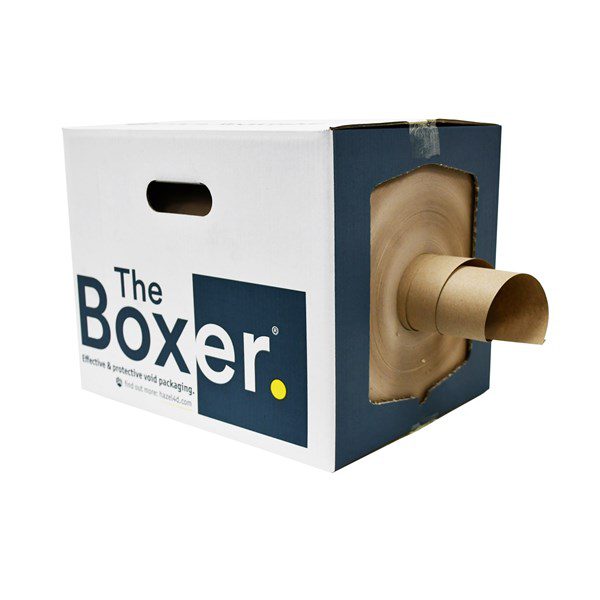
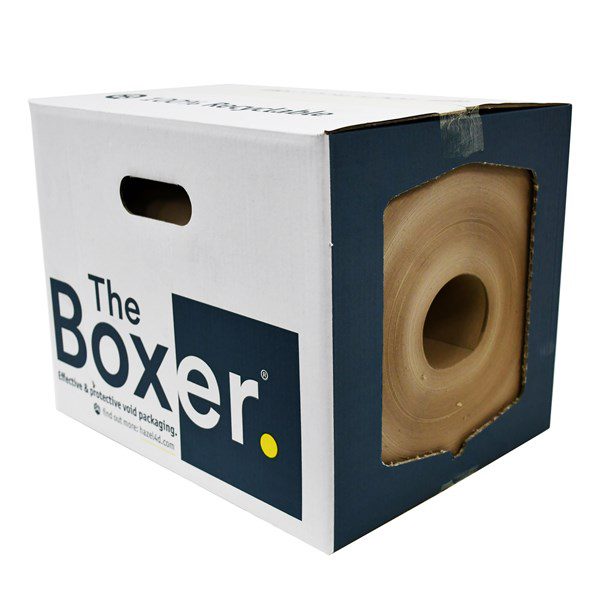
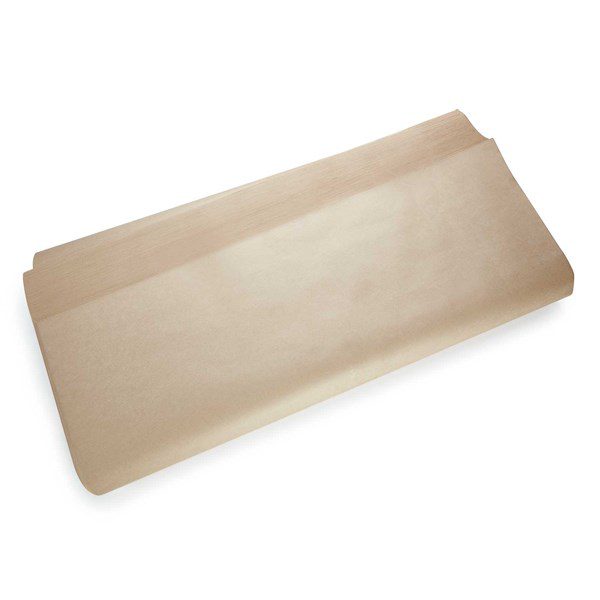
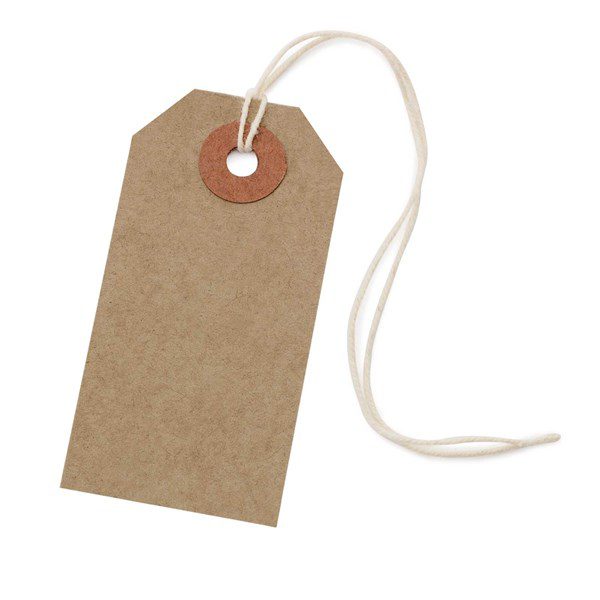
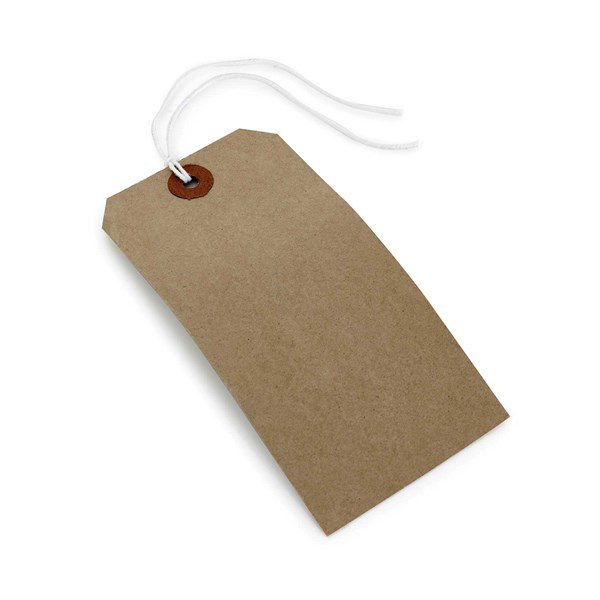
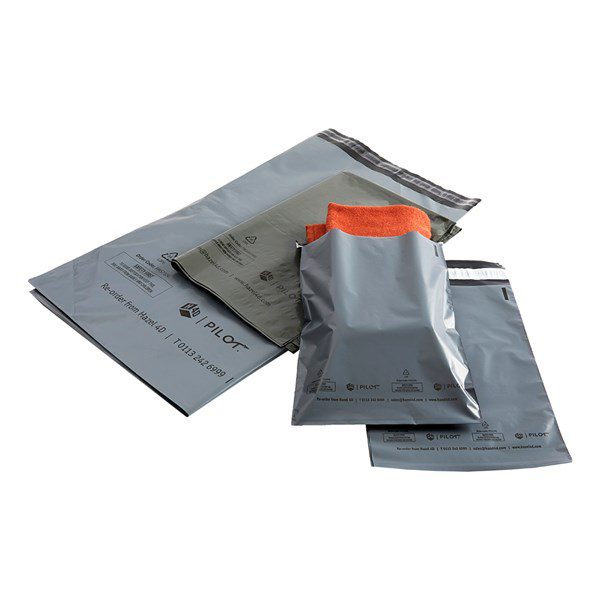
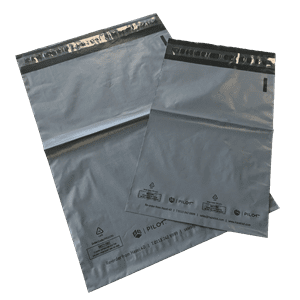
 to increase their loyalty. The branding helps to tell your brands story and show you’re more than just a website. A high quality box with your logo on it is going to demonstrate how much you value your customers.
to increase their loyalty. The branding helps to tell your brands story and show you’re more than just a website. A high quality box with your logo on it is going to demonstrate how much you value your customers.  cardboard boxes, especially boxes like milk cartons.
cardboard boxes, especially boxes like milk cartons. 
2 Comments
I liked that you described different types of printing techniques for your packaging. My sister is starting an online business in a couple of months, and she’s looking for the right packaging to keep her beauty products safe and organized during their transportation, so I’ll make sure my sister gets your article immediately. Thank you for explaining ways we’d add graphics to cardboard packaging.
Thanks for your comment Eli and good luck to your sister with her online beauty products businesses. If she needs any help with her packaging feel free to get in touch 😊